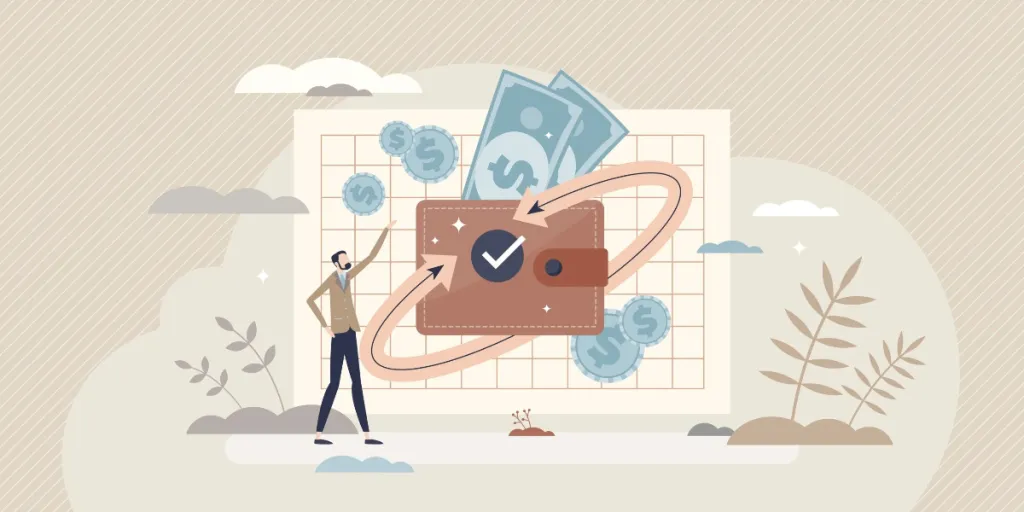Business owners often believe that a generic, one-size-fits-all email disclaimer offers sufficient protection. However, this overly simplistic approach often provides a false sense of security.
Customized email disclaimers must be carefully crafted to be the most effective. They must align with your business location, industry regulations, and industry-specific risks.
Email communications have legal implications regarding confidentiality, licensed content usage, opinions, and more. Hence, an inaccurate disclaimer can become a liability when dealing with a lawsuit or data incidents.
As you can see, an ineffective and generic email disclaimer can be counterproductive. However, crafting a successful disclaimer for your business can be challenging.
To help you get started, we’ll discuss the need for a good disclaimer message. We’ll also provide a list of ten free templates to guide you when crafting your email disclaimer.
Let’s dive in.
What is an email disclaimer?
An email disclaimer is a statement found in the email footer. An email disclaimer communicates information about the email’s content and usage, and outlines the terms and conditions for sending the email.
Well-crafted email disclaimers reduce risks for both the sender and the recipient. The sender is protected from legal liability for any errors. It also protects the sender from unexpected consequences resulting from the email content.
On the other hand, recipients are informed about the expectations regarding privacy and the use of sensitive data being sent.
As a result, if the receiver misuses the email content, you are exempt from lawsuits. Email disclaimers vary but they often do the following:
- Provide guidance for misdirected emails
- Establish ownership of the content’s copyright
- Clarify that the email is not a legally binding agreement.
- Notify the recipient that the views expressed in the email are those of the sender and not their employer.
Are email disclaimers legally required?
While some areas may not need an email disclaimer, it’s still a precautionary measure. The following regions have specific email legal disclaimer laws:
Europe
The General Data Protection Regulation (GDPR) mandates that recipients specifically opt-in to your email, and can easily opt-out. You can include an unsubscribe link in your email confidentiality notice. This enables recipients to opt out of your email lists or choose the type of messages they receive.
United States
Several laws in the US mandate the inclusion of a confidential email disclaimer. They include the Federal Information Security Management Act, the Texas Public Information Act, and the California Consumer Privacy Act.
When to use an email disclaimer
You can use an email disclaimer to state what an email recipient is authorized to do with the content. It can also address other issues, such as employer liability and privacy. We’ve highlighted some situations when you can use email disclaimers:
- Confidential information: Notify recipients of sensitive or private information. Always notify them using a confidentiality statement email. This is important when sharing financial data, legal information, or proprietary business details.
- Compliance with data protection laws: Maintain transparency in data collection, processing, and usage. Regulations like the GDPR and FISMA mandate that your disclaimers are transparent. Hence, adding a disclaimer enables you to stay compliant.
- Industry regulations: Industries such as healthcare require the inclusion of email disclaimers. Failure to comply can result in heavy fines and penalties.
- Virus and security warning: Use an email disclaimer to warn recipients to check attachments and URLs for viruses before downloading them. Also, state that you’re not liable for any damage caused by malicious software.
- No contract formation: In the early stages of negotiations, outline that the communication is non-binding. It prevents assumed contractual agreements in the future.
- Copyright and usage: Including relevant copyright terminologies in your disclaimer can address plagiarism concerns. It also helps to communicate your organization’s commitment to respecting intellectual property rights.
- Attorney-client relationship: Email communication between attorneys and clients is confidential and privileged. An email confidentiality notice asserts this privilege upfront. It also alerts third parties that the content is sensitive if they’ve received it in error.
10 common email disclaimers with templates
In this section, we’ll explore ten free templates you can use. However, it’s important to seek legal guidance and verify that your email disclaimer complies with the regulations in your region.
Confidentiality email disclaimer
Drafting a confidentiality notice for email emphasizes the confidential nature of the message. The disclaimer signifies that the email may contain sensitive or privileged information so is only intended for the named recipient.
A confidentiality email disclaimer is common in financial, legal, and healthcare communications. It includes instructions for incorrect receipt and prohibiting unauthorized use or dissemination.
Here’s an example from a financial institute:

Template #1
Confidential notice:
The content of this email, including any attachments, is confidential and privileged. It is only intended for the individual or entity named above. You cannot disclose, copy, distribute, or use the email if you’re not the right recipient.
Send us a follow-up email if you believe this email is an error so we can update our records. After that, delete this email along with any backups or duplicates. Thank you for your cooperation.
[Company name]
Negligent misstatement
This type of email disclaimer is a legal precaution to prevent potential legal liability. It informs the recipient that the sender is only trying to provide information to the best of their knowledge but, as they aren’t experts, the email may possibly contain inaccurate information or unintentional errors.
Template #2:
[Company Name] has taken reasonable care to ensure the accuracy of the information provided in this email. However, the sender does not make any representations about the completeness, suitability, or adequacy of the information provided. Hence, no duty of care is owed and the sender does not accept any liability for omissions or negligent misstatement. It is therefore important that the recipient exercises their judgment or seeks appropriate professional advice before acting on any information provided.
GDPR email disclaimer
The General Data Protection Regulation is a comprehensive data protection regulation in Europe. It doesn’t contain rules for email disclaimers, but it imposes obligations on data handling.
So, creating a GDPR email disclaimer assures customers that their data is safe with you. It also gives them the right to choose how you manage their data.
Below is an example of a GDPR-compliant disclaimer. It states that the client consents to receiving emails from the organization and also provides an opportunity to review email preferences.
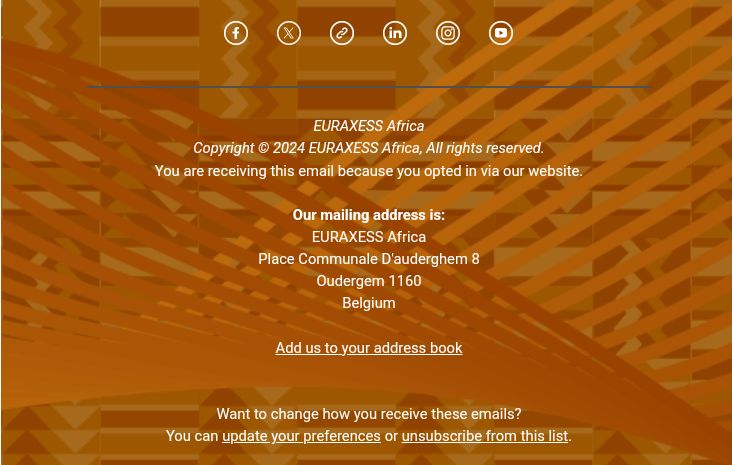
Template #3:
This email is subject to the General Data Protection Regulation. To find out how we use personal information, you can review our privacy policy here [insert link].
Virus transmission email disclaimer
If your email includes attachments and links, you can attach a virus email disclaimer. It informs the recipient that your company won’t be liable if a virus or malware spreads via the email.
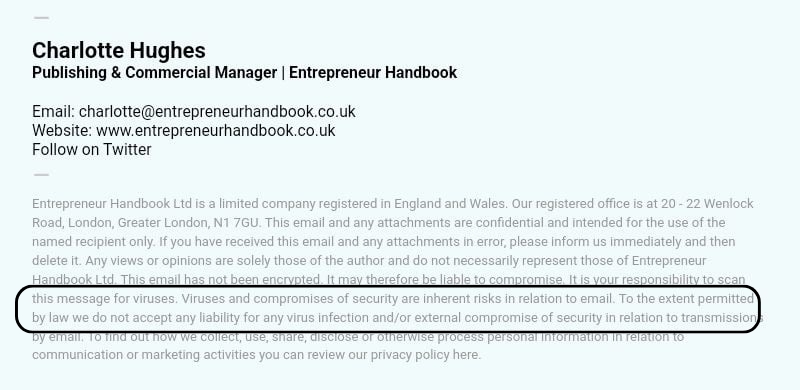
This type of disclaimer allows you to remind recipients to take security precautions. It includes using antivirus software and regularly updating it.
Template #4:
The sender has taken reasonable precautions to prevent viruses in this email. However, [your company] accepts no liability for loss or damage from this email. Please check for viruses before clicking on links or downloading attachments.
HIPAA email disclaimer
Email communication lacks encryption, which makes sensitive data vulnerable in transit. The Health Insurance Portability and Accountability Act (HIPAA) demands confidentiality. Thus, an email privacy disclaimer is necessary.
The disclaimer should inform recipients that the email isn’t completely secure. So, if they wish to respond using any kind of PHI (protected health information), they do so at their own risk.
Template #5:
HIPAA does not guarantee the safety of email communications. To securely share PHI, please use our HIPAA-compliant Patient Portal at [insert url]. Contact our office by phone at [phone number].
Please review our Privacy Practices at [insert url] on safeguarding protected health information. Contact our Privacy Officer at [email/phone] with any questions or concerns. We appreciate your help in helping us maintain healthcare privacy and security.
Unsubscribe email disclaimer
Through the 2003 CAN-SPAM Act, customers can stop you from sending commercial messages. Your newsletter templates or email marketing campaigns should provide clear instructions for unsubscribing. This link enables recipients to opt out of receiving future emails.

Template #6:
To unsubscribe from future marketing emails from [Company], please click the unsubscribe link below.
[Unsubscribe Link]
Alternatively, you can email your request to [company email] or call [phone number].
Liability email disclaimer
This type of disclaimer limits your liability under certain circumstances. It defines the scope of your responsibility as the sender. It also sets the recipient’s expectations of how they use or interpret your email content.
A typical liability statement acknowledges that your company isn’t liable for errors or omissions in your email. It may also state that the email doesn’t constitute legal or professional advice.

Template #7:
The content of this email is for informational purposes only. It does not constitute professional advice. [Your Organization] does not warranty its accuracy, completeness, or timeliness.
The sender of this email assumes no liability for any errors, omissions, or inaccuracies in the content or for any consequences arising from the use or reliance on the information provided. Any action taken based on the content of this email is at your own risk.
Environmental notice email disclaimer
Other disclaimers protect you from fines and lawsuits. However, an environmental notice shows your commitment to sustainability. It encourages recipients to embrace paperless communication and print emails only when necessary.

Template #8:
Please consider the environment before printing this email. If a hard copy is necessary, ensure responsible disposal or recycling.
Opinion email disclaimer
If employees send newsletters on your behalf, you can use an opinion email disclaimer. It separates the views of the sender from those of the organization. Hence, your organization may not be liable based on the email content.
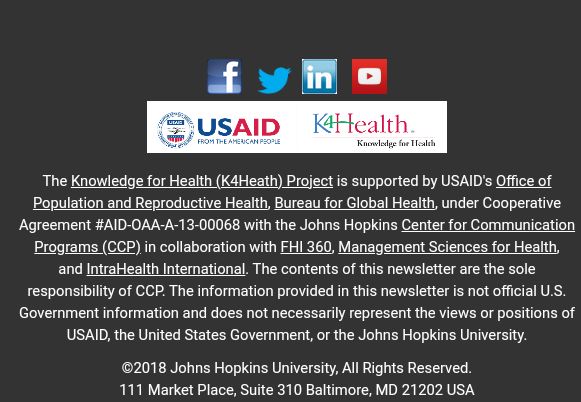
Template #9:
The opinions expressed in this email are those of the sender. They do not reflect the official position or opinions of [Your Organization]. Any content provided in this email is for informational purposes only. Thus, do not consider it authoritative or standardized advice.
Automated marketing email disclaimer
It’s important to disclose that your email marketing campaign is automated. It limits your liability for any anomalies. Also, provide human customer support details for concerns or questions.
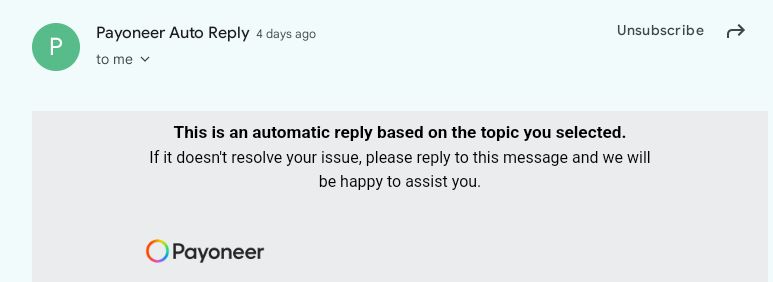
Template #10:
This email was automatically generated by [Your Company’s] marketing automation system. Please do not reply directly to this email. You can contact Customer Support at [email address] or call [phone number].
Wrap up
Email disclaimers may seem like another piece of fine print. However, they serve important purposes, such as confidentiality, security, and liability. Email disclaimers are not mandatory, yet they show recipients that you want to mitigate risks. They also prevent information misuse and set clear expectations around your email content.
Use our email disclaimer examples and templates as a starting point, and review them based on relevance, readability, and enforceability.
Source from Omnisend
Disclaimer: The information set forth above is provided by omnisend.com independently of Alibaba.com. Alibaba.com makes no representation and warranties as to the quality and reliability of the seller and products.







